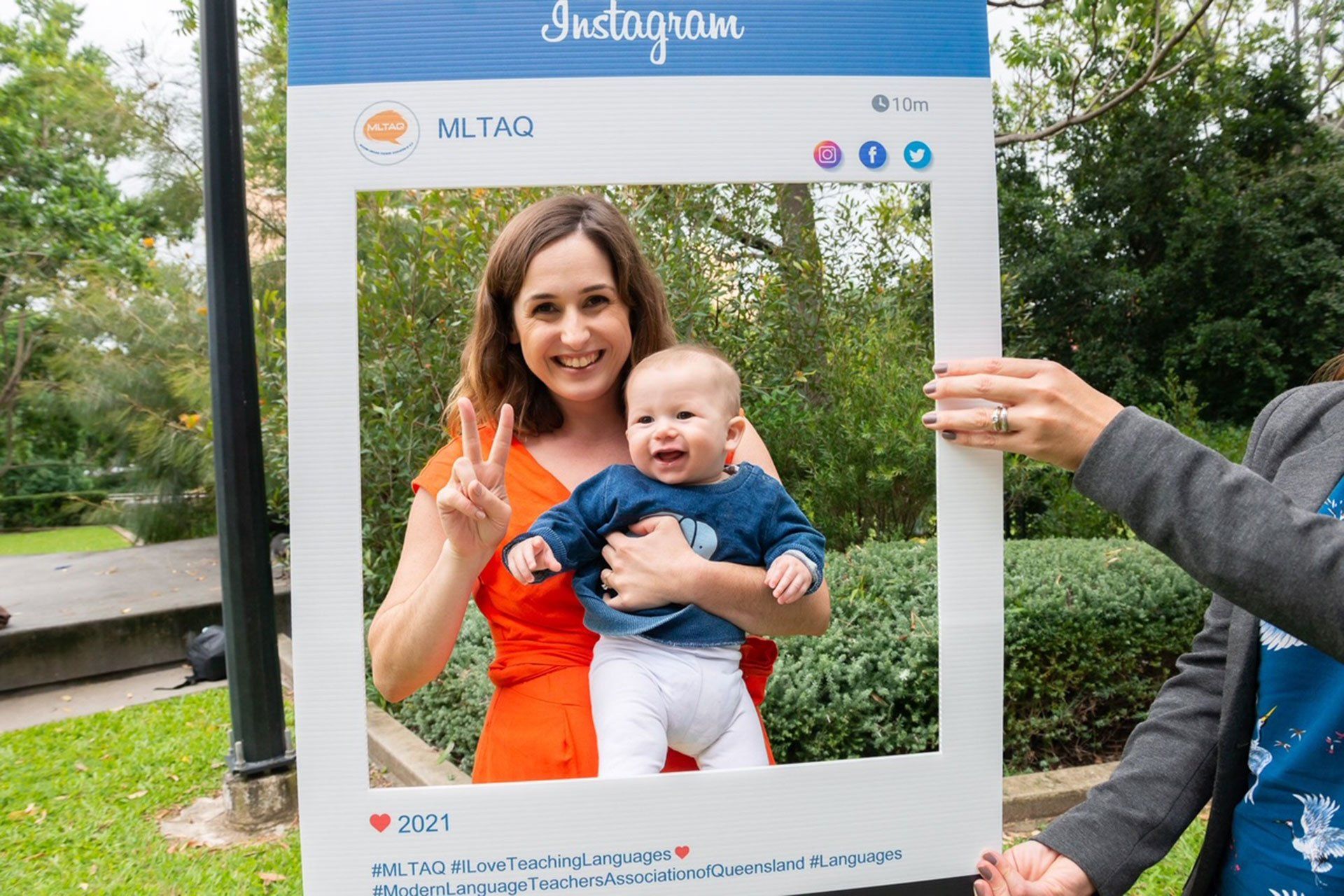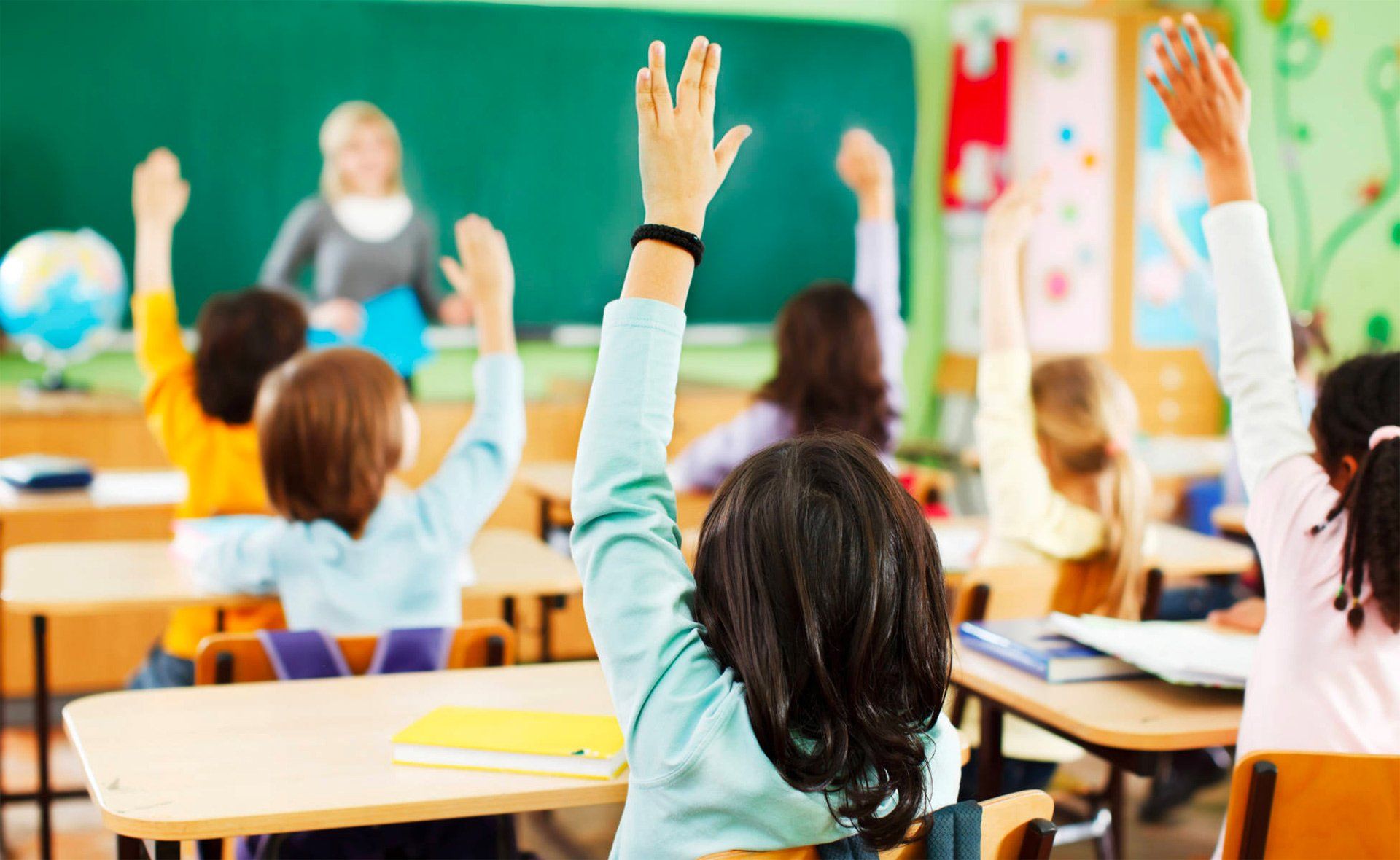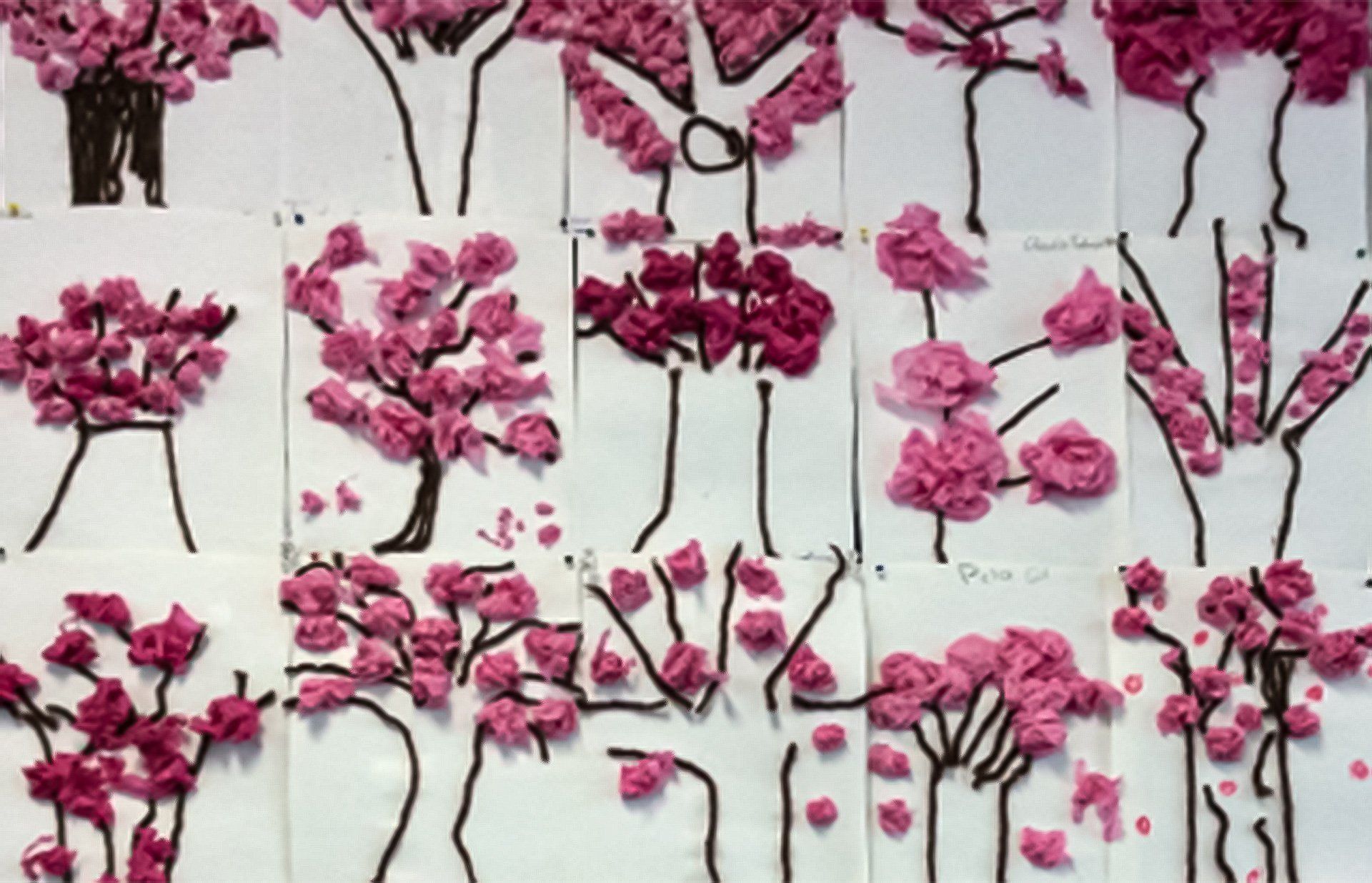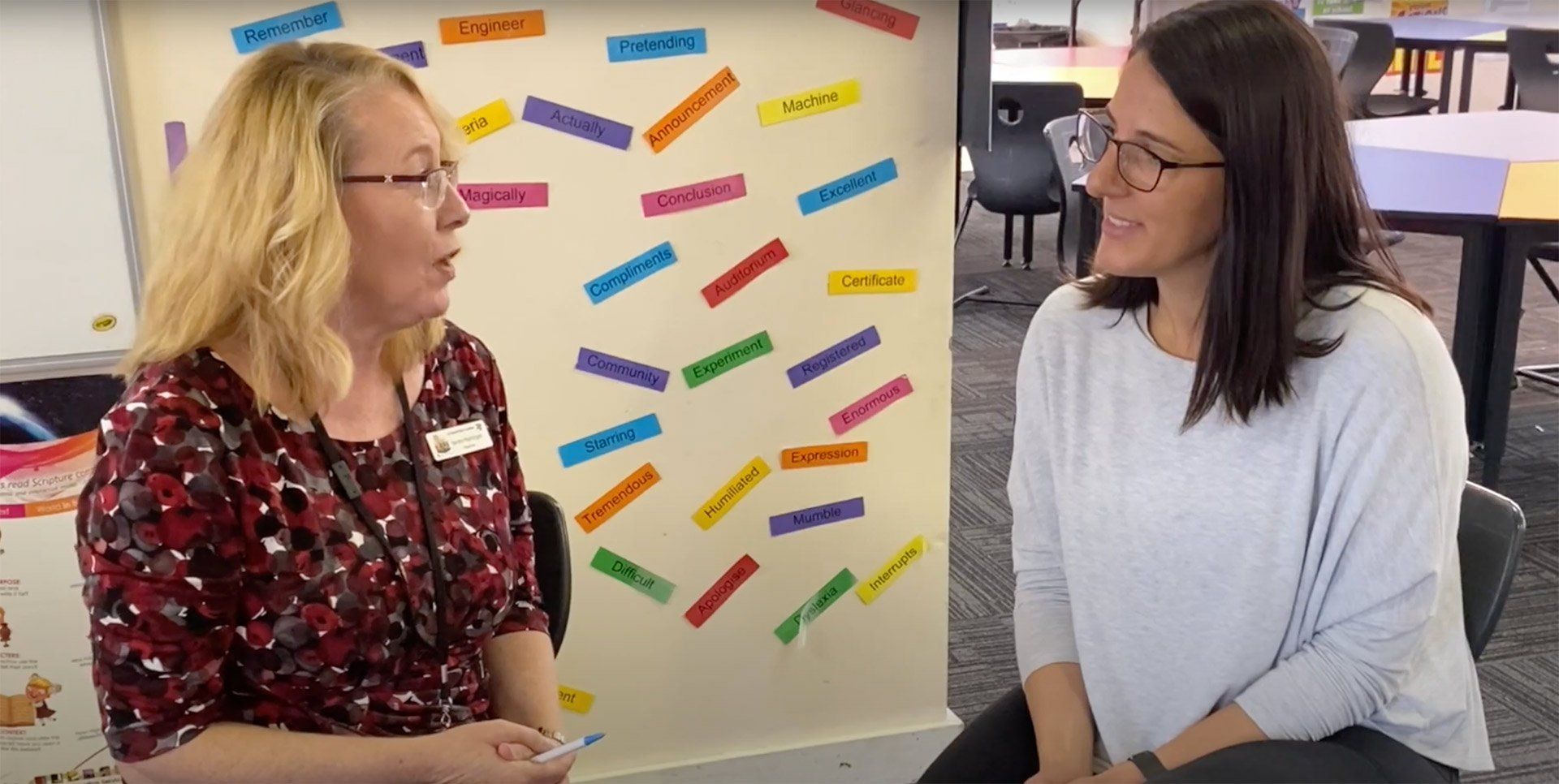Articles
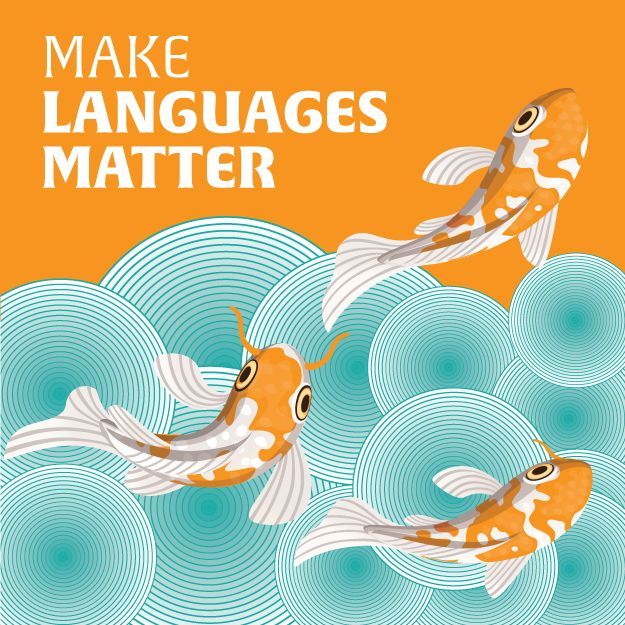
How did Natasha increase enrolments for Languages at her school? She overhauled the school's French program to have a focus on students using the language, not just learning it. She used a combination of cross-curricular learning and fun, motivating, linguistically-rich French events. Read on to see how Natasha made languages matter at her school.

Change starts in the mind(set) Change is all around us right now. The seasons are changing, the government is changing, and to top it all off, the Australian Curriculum is changing, too! Change isn’t always easy. Even though for teachers change often comes with the job, that doesn’t mean it’s smooth sailing.
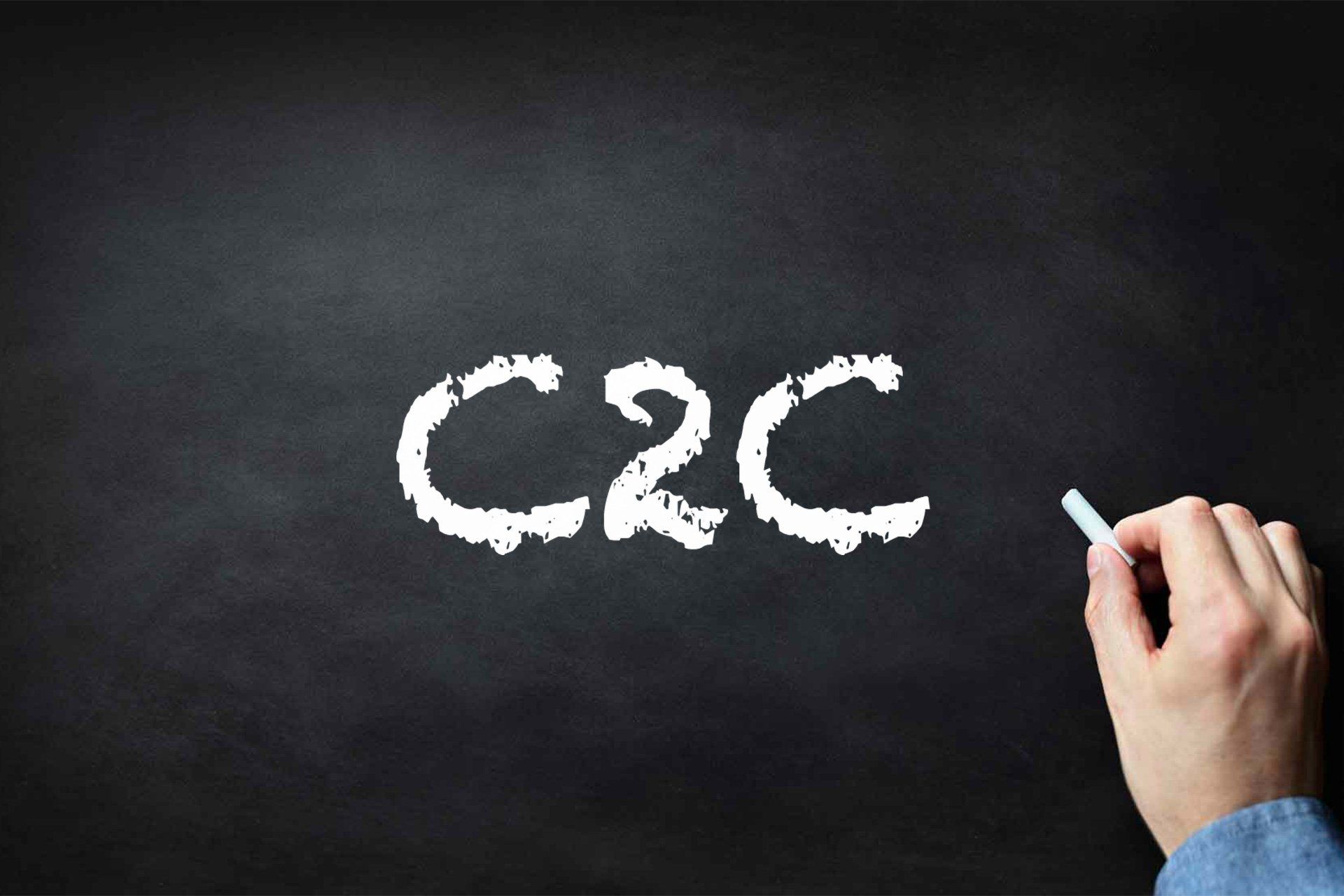
C2C: these 3 letters could bring up all kinds of feelings for you. The C2C resources for Languages, written by Education Queensland and released between 2016 and 2019, cover the F-10 sequence of the Australian Curriculum for Languages. For all languages, the Curriculum is organised in Bands of 2-3 school years, and the C2C resources also follow this structure. They assume that schools allocate the recommended time for Languages teaching, and that students have learned the language since the Foundation stage.

For as long as humans have travelled to other lands, they have studied other languages. Approaches to language teaching have evolved considerably over the centuries thanks to developments in our understanding of how people acquire language. As well as scientific approaches, language pedagogy has also seen its fair share of fads and fashionable, experimental methods over the years. From the reliance on dreary sentence translation to the use of Baroque music to create an optimal learning environment, language learning has been a fertile field for innovation. While language pedagogy has seen dozens of distinct methods emerge, they have followed several broad trends. From the 1600s to the 1900s, language learning was seen primarily as a scholarly pursuit, and therefore was only really for the very wealthy or the highly educated. The focus was on learning grammar, and not on being able to actually speak the language. In the 20th Century, more humanistic approaches to learning were starting to emerge. The emphasis was shifting towards engaging the learner as a whole, rather than just their mind. This holistic, learner-centred style replaced the more authoritarian approaches of the past. In the 1970s and 1980s, language teaching started moving towards our modern communicative methods. Academics started observing how children learn their first language and applying their findings to second language acquisition. We have put together a timeline of the key language teaching approaches of the last 200 years. You may find some familiar elements, and some you’re probably glad are no longer in vogue!
